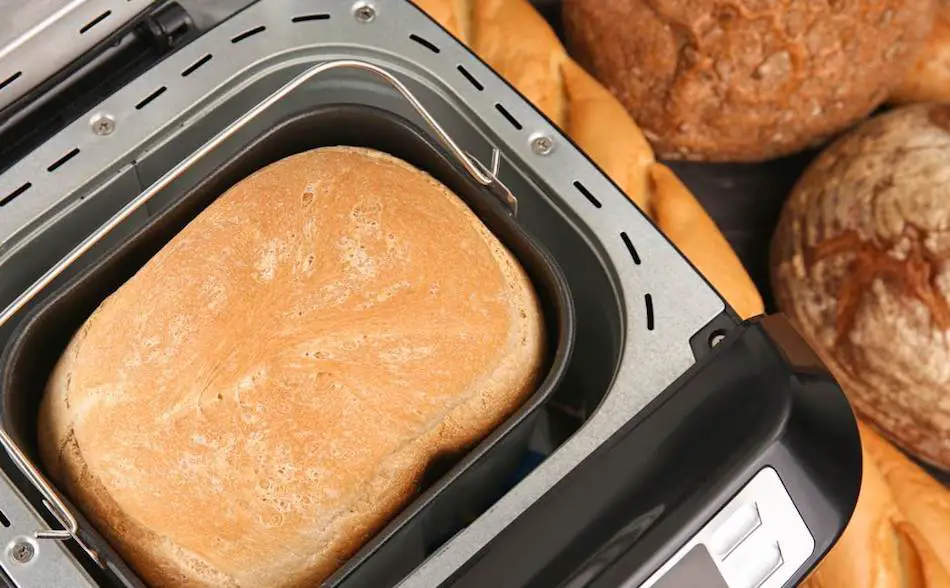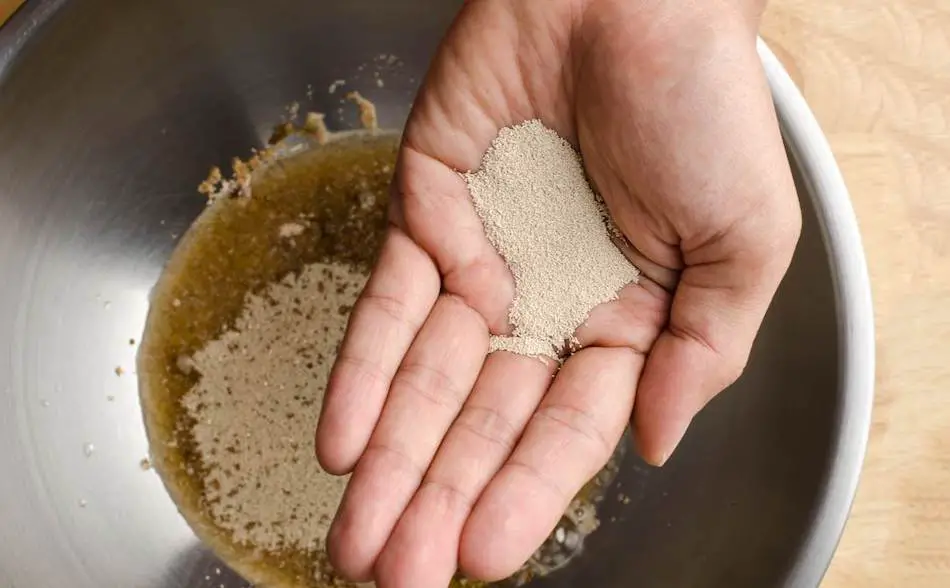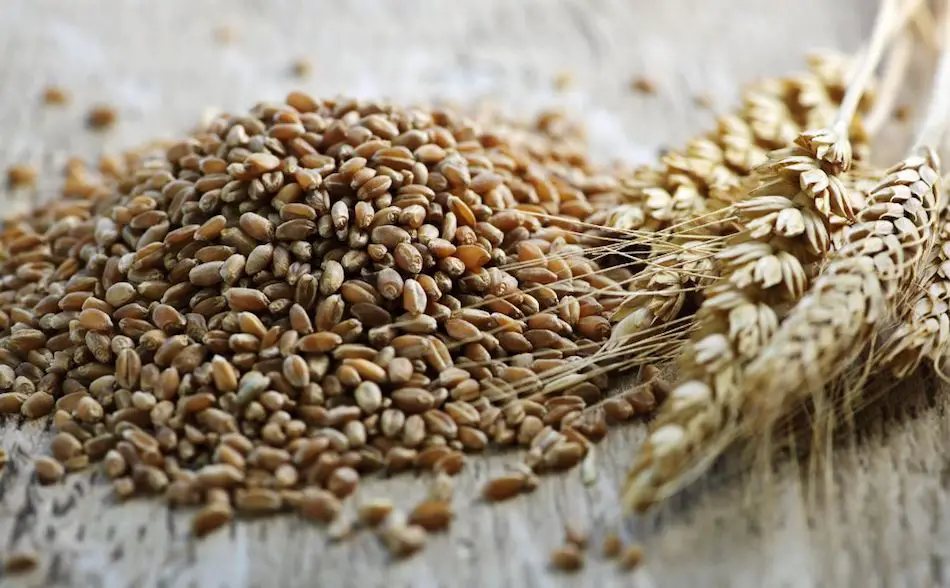
Making bread at home with a bread machine can be a convenient and satisfying experience, but it can also be frustrating when the dough doesn’t rise. If your bread isn’t rising, it can be a result of various factors, ranging from incorrect ingredient measurements to a malfunctioning machine. In this article, we will explore the common causes of bread not rising.
Bread machine bread not rising is a common problem that can be caused by various factors such as incorrect ingredient measurements, the use of old yeast, poor temperature control, or even a malfunctioning machine. To solve this issue, it is important to ensure precise measurement of ingredients, use active dry yeast, keep the dough within the ideal temperature range of 80-85°F, and maintain the machine properly. Using the right type of flour, adding the right amount of additional ingredients during the kneading process, and avoiding a scorched or burnt taste can also play a role in ensuring the dough rises properly. With these tips and a little patience, you can achieve the perfect loaf of bread every time.
Troubleshooting Guide
It’s a common problem that many of us have encountered at some point – bread machine bread not rising. You put all the ingredients in the machine, set the timer, and go about your day, only to come back to a dense and unappetizing loaf. Here are a few of the common causes.
| Reason | Solution |
|---|---|
| Incorrect temperature of ingredients | Use warm milk and water, and let yeast sit in warm water before adding to other ingredients |
| Improper measuring of ingredients | Use measuring cups and spoons to accurately measure ingredients |
| Use of expired or poor quality yeast | Use fresh yeast and store it properly |
| Using the wrong type of yeast | Use active dry yeast for traditional bread or quick-rise yeast for a faster rise |
| Use of the wrong type of flour | Use bread flour for a higher rise or all-purpose flour for a more dense bread |
| Overloading with ingredients | Add nuts, dried fruit, or cheese at the end of the kneading process or use a bread machine with a dispenser for these ingredients |
| Incorrect kneading process | Let the bread machine handle the kneading process or check dough during kneading and adjust as needed |
| Over-baking | Use the correct size loaf pan for your machine and avoid over-browning by reducing sugar in the recipe |
| Dirty or poorly maintained bread machine | Clean and maintain the bread machine regularly to ensure it functions properly |
Common Causes of Bread Not Rising
The first thing to consider is the age of your yeast. If the yeast is old, it won’t be as effective in making your dough rise. Another factor to keep in mind is the temperature of your ingredients, especially the water. If the water is too hot, it can kill the yeast and prevent the dough from rising.
Finally, it’s important to make sure that you are using the right type of yeast, such as active dry yeast, and measuring your ingredients accurately. Incorrect ingredient measurements can throw off the delicate balance necessary for the dough to rise properly. So, these are the key common causes to keep in mind when troubleshooting your bread machine bread not rising.
Temperature: The crucial factor
Temperature is one of the most crucial factors when it comes to bread machine bread not rising. The ideal temperature range for the dough to rise is between 80-85°F. If the room temperature is too low, the yeast won’t be able to work effectively, and if it’s too high, it can kill the yeast. That’s why it’s important to keep an eye on the temperature of the ingredients, especially the water.
A simple solution is to warm the water in the microwave or on the stove until it reaches the right temperature. And, don’t forget to check the temperature of the room where your bread machine is located.
Measuring ingredients: Precision is key
When it comes to baking, precision is key, especially with bread making in a bread machine. The proportions of ingredients must be accurate to ensure the dough rises properly. Too much or too little of any ingredient can throw off the delicate balance necessary for a successful loaf of bread.
So, be sure to measure your ingredients carefully, using a kitchen scale if necessary. Trust me, taking the extra time to measure correctly will pay off in the end with a beautifully risen loaf of bread.
Active dry vs. quick-rise yeast
There are two main types of yeast used for bread making – active dry yeast and quick-rise yeast. Active dry yeast is a traditional yeast that requires proofing, or dissolving in warm water, before use. Quick-rise yeast, on the other hand, is a fast-acting yeast that doesn’t require proofing.
When it comes to bread machine bread not rising, it’s important to use the right type of yeast. I recommend using active dry yeast as it is more reliable and produces a consistent rise in the dough. Quick-rise yeast can be more temperamental and may not work as well in a bread machine.

Understanding the differences between flour
Flour is another important factor to consider when it comes to bread machine bread not rising. Different types of flour have different protein levels, and this can affect the rise of your dough. For example, bread flour has a higher protein content and will produce a more substantial rise in the dough compared to all-purpose flour. It’s also important to note that different brands of flour can have varying protein levels, so it’s a good idea to experiment and find the best brand for your bread machine.
Kneading process: Ensuring proper dough formation
The kneading process is crucial in ensuring proper dough formation and a successful rise. If the dough is not kneaded enough, it won’t develop the gluten necessary for a good rise. On the other hand, if it’s over-kneaded, the dough can become tough and difficult to rise.
To avoid these issues, it’s important to let your bread machine do the work for you. Many machines have a built-in kneading process that ensures the dough is kneaded properly. Just be sure to check the dough periodically during the kneading cycle and make any necessary adjustments, such as adding more flour or water, to ensure it is formed properly. With the right kneading process, you’ll be well on your way to a perfectly risen loaf of bread.
FAQ’s
Why isn’t my bread machine bread rising? Could be due to various reasons, such as old yeast, improper measurement of ingredients, lack of proper temperature, or even a malfunctioning machine.
What is the ideal temperature for yeast to rise? The ideal temperature range for yeast to rise is between 80-85°F.
How much yeast should I use in my bread machine? The amount of yeast to use depends on the recipe you are following, but usually, 1-2 teaspoons of active dry yeast is enough for most bread machine recipes.
Is it possible to use quick-rise yeast in a bread machine? Yes, quick-rise yeast can be used in a bread machine, but be mindful of the quantity used, as it is stronger than active dry yeast.
Can I use self-raising flour in my bread machine? No, self-raising flour is not recommended for use in a bread machine as it has a different rising agent and can affect the outcome of your bread.
Can I add extra ingredients such as nuts or dried fruits to my bread machine dough? Yes, you can add extra ingredients to your bread machine dough, but it is important to do so during the designated time in the kneading process.
How can I fix dense or heavy bread from my bread machine? Dense or heavy bread can be fixed by adjusting the ratios of ingredients, ensuring proper measurement, and checking for any malfunction in the machine.
Why is my bread machine dough not kneading properly? Dough not kneading properly could be due to over-measurement of liquids, incorrect ingredient ratios, or a malfunction in the machine.
Can I make gluten-free bread in a bread machine? Yes, you can make gluten-free bread in a bread machine, but it is important to use gluten-free flours and ingredients
Additional ingredients: Enhancing your bread
Additional ingredients can play a role in enhancing the flavor and texture of your bread, but they can also affect the rise of the dough. For example, adding ingredients such as dried fruit, nuts, or cheese can make the dough heavier and may prevent it from rising properly.
To avoid this, it’s important to add these ingredients at the right time, such as during the kneading process, rather than at the beginning of the cycle. It’s also a good idea to use a bread machine that has a nut and fruit dispenser, as this will automatically add the ingredients at the right time.

Fixing dense or heavy bread
If you find that your bread machine bread is dense or heavy, it could be due to a number of factors, such as over-measuring ingredients, using the wrong type of flour, or not using enough yeast. To fix this issue, you can start by reducing the amount of ingredients, especially sugar, in your recipe.
You can also try using bread flour instead of all-purpose flour, as it has a higher protein content and will produce a lighter bread. Finally, be sure to use enough yeast, as this will help the dough rise properly and result in a lighter loaf of bread.
Making gluten-free bread in a bread machine
Making gluten-free bread in a bread machine can be a bit of a challenge, but with the right recipe and ingredients, it can be done. Using a gluten-free flour blend that contains xanthan gum or guar gum will help the dough hold together and rise properly. Additionally, be sure to use a gluten-free yeast and other ingredients, as gluten can be present in some unexpected places.
To avoid a scorched or burnt taste in your bread machine bread, be sure to use the correct size loaf pan for your machine and place it correctly in the machine. Avoiding over-browning can also be achieved by reducing the amount of sugar in your recipe, as sugar can cause the bread to brown too quickly.
Maintaining and troubleshooting your bread machine is important for ensuring it continues to produce perfect bread every time. Regular cleaning and proper storage can help extend the life of your machine. If you encounter any issues, consult the manual or contact the manufacturer for troubleshooting advice.
How to Make Bread: Step-by-Step
| Ingredients | Quantity |
|---|---|
| Bread flour | 3 cups |
| Sugar | 2 tbsp |
| Salt | 1 tsp |
| Active dry yeast | 2 1/4 tsp |
| Warm water | 1 1/2 cups |
| Olive oil | 2 tbsp |
| Instructions |
|---|
| 1. In a large bowl, mix together bread flour, sugar, and salt. |
| 2. In a separate bowl, dissolve yeast in warm water and let sit for 5-10 minutes until it begins to foam. |
| 3. Add the yeast mixture and olive oil to the flour mixture and stir until a soft dough forms. |
| 4. Place the dough in the bread machine and select the appropriate cycle. |
| 5. Let the machine handle the kneading and rising process. |
| 6. Once the cycle is complete, remove the dough from the machine and shape into a loaf. |
| 7. Place the loaf in a greased loaf pan and let rise for an additional 30 minutes. |
| 8. Preheat the oven to 375°F and bake the bread for 35-40 minutes or until golden brown. |
| 9. Remove from the oven and let cool completely on a wire rack. |
What you can do if your bread isn’t rising?
If your bread isn’t rising, there are a few things you can do to troubleshoot the problem:
- Temperature: Ensure that all ingredients, including the yeast, are at the right temperature. Yeast needs warm water (about 110°F) to activate, while ingredients like milk or eggs should be at room temperature.
- Measuring ingredients: Make sure to accurately measure all ingredients, especially yeast and salt, as too much or too little can impact the rise.
Final Thoughts
The problem of bread machine bread not rising is a common one, but it’s also a solvable one. The first step is to understand what causes this frustrating phenomenon.
One of the biggest culprits is temperature. Both the ingredients and the environment must be at the right temperature for the yeast to do its magic. If the yeast is too cold, it will be sluggish and won’t produce the carbon dioxide that makes your dough rise. If the ingredients are too hot, they will kill the yeast and leave you with a flat, lifeless loaf.
Another key factor is measuring ingredients accurately. A little too much or too little yeast, sugar, or salt can throw off the balance and prevent your bread from rising. It’s crucial to use measuring cups and spoons, and not just rely on guesswork or “eyeballing” it.
And let’s not forget about the yeast itself. Different types of yeast have different rising times, and not all yeasts are created equal. Make sure you’re using the correct type for your recipe and for the rising time you have available.
Additionally, the type of flour you use can also make a difference in the rise of your bread. Bread flour, which has a higher gluten content, is ideal for bread machine bread as it will provide structure to the dough.
Finally, be sure to give your dough enough time to rise. Some bread machines have a “delay” function, which allows you to program the machine to start at a later time so that the dough can rise to its fullest before baking.

